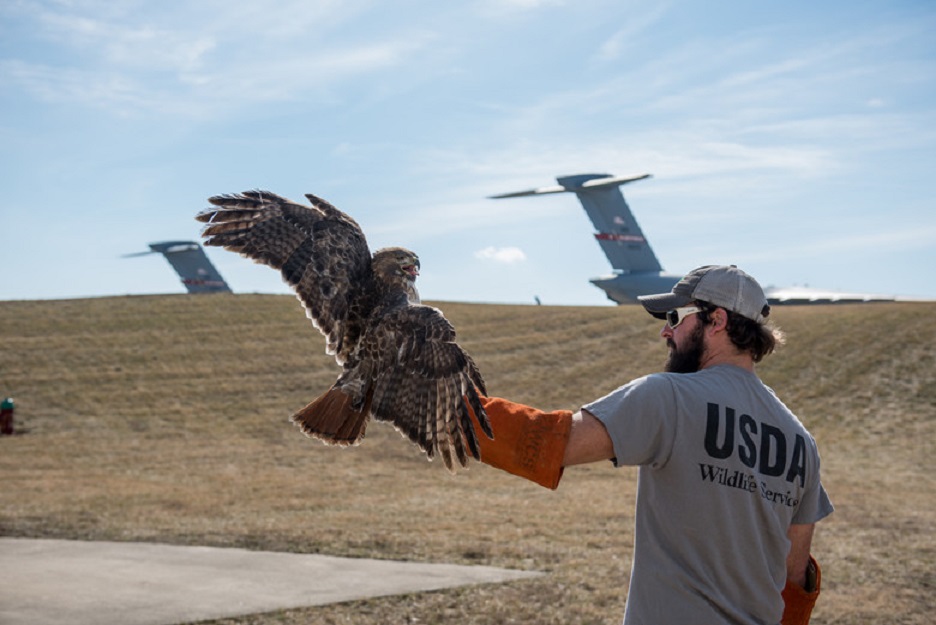
This post is also available in:
 עברית (Hebrew)
עברית (Hebrew)
Caltech engineers have managed to develop an algorithm that reliably re-routes incoming bird flocks, which could be invaluable to airports worldwide.
According to the California Institute of Technology (Caltech), herding birds away from airports, ironically by using a drone-specific algorithm to do so, has been the primary focus of four brilliant Caltech engineers. In a study titled “Robotic Herding of a Flock of Birds Using an Unmanned Aerial Vehicle,” which was recently published in IEEE (Institute of Electrical and Electronics Engineers) Transactions on Robotics, the team explained how its algorithm works, the potential ramifications of its success, and what inspired this project in the first place.
Current strategies for controlling airspace include modifying the surrounding environment to make it less attractive to birds, using trained falcons to scare flocks off, or even piloting a drone to scare the birds. These strategies can be costly or—in the case of the hand-piloted drone—unreliable, says Chung, who is a researcher at Caltech’s Center for Autonomous Systems and Technologies.
The most important factor in effectively managing a flock of birds and herding it in a controlled direction, is forcing it to behave as one contained group. If you scatter the flock, each bird flies off in an undetermined direction, which could potentially result in even more disastrous consequences than previously thought. Fortunately, each bird reacts to the behavioral changes of the bird closest to it, which essentially means introducing an external threat successfully to one bird, results in a domino effect that causes every remaining bird to behave similarly. This, of course, required absolutely precise drone positioning and a reliable algorithm to produce those results every single time.
Together with his former graduate students and colleagues, including Aditya Paranjape of Imperial College London, Chung observed and analyzed a mathematical model of the dynamics of bird flocks. This taught them how flocks come together, maintain their formations, and how exactly they respond to external threats on the perimeters of their flock.
“We carefully studied flock dynamics and interaction between flocks and pursuers to develop a mathematically sound herding algorithm that ensures safe relocation of flocks using autonomous drones,” said Kyunam Kim, co-author of the IEEE research paper and postdoctoral scholar in aerospace at Caltech.
Once the mathematical representation showed researchers how bird flocks naturally responded to said threats, the team was able to reverse engineer this information to develop the resulting herding algorithm. This is clearly an extremely sophisticated system, and one that could have enormous ramifications for those eager to protect important airspace and critical infrastructures.
The team tested the algorithm on a flock of birds near a field in Korea and found that a single drone could keep a flock of dozens of birds out of a designated airspace. The effectiveness of the algorithm is only limited by the number and size of the incoming birds, Chung says, adding that the team plans to explore ways to scale the project up for multiple drones dealing with multiple flocks.

























